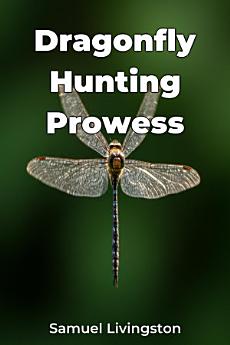Dragonfly Hunting Prowess
About this ebook
The book progresses from foundational concepts in insect physiology to detailed analyses of dragonfly visual systems and flight dynamics. High-speed video analysis and computational fluid dynamics models are used to examine their flight performance, while neurophysiological studies explore the neural circuits involved in prey detection. This approach provides a comprehensive understanding of dragonfly hunting behavior, revealing how these skills play a crucial role in regulating insect populations and demonstrating their sensitivity to environmental changes.
This exploration into insect predation emphasizes the ecological dynamics and intricate predator-prey relationships that dragonflies exemplify. By synthesizing experimental data, theoretical models, and evolutionary perspectives, Dragonfly Hunting Prowess offers valuable insights for entomologists, ecologists, and anyone fascinated by the natural world, while also informing fields like robotics and neuroscience with biomimicry potential.








